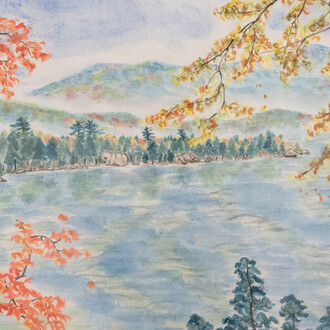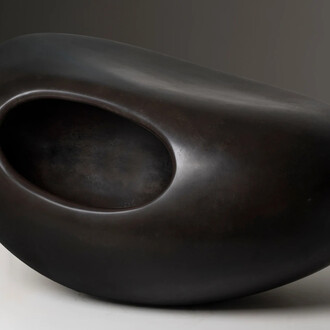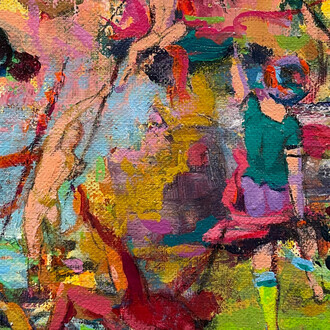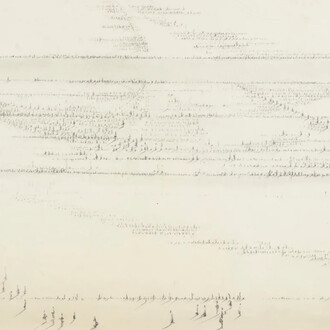To mark the centennial of The new negro—the groundbreaking 1925 anthology of poetry, essays, and art edited by Alain Locke—The gay Harlem renaissance invites visitors to immerse themselves in the richness of Black LGBTQ+ life in the 1920s and 1930s.
This exhibition recognizes that Locke and many of the best-known writers and artists he championed were gay or bisexual, and it explores the queer mentorship and gay-inclusive salons and friendship circles that helped sustain the Harlem Renaissance. It takes visitors to Harlem’s posh segregated nightclubs, where LGBTQ+ singers and dancers lit up the stages for white downtowners—and to its modest rent parties and cellar speakeasies, where lesbian, bisexual and transmasculine blues queens sang for gay and straight working-class Harlemites partying together. Throughout, it provides a sweeping portrait of Harlem after the First World War, when the Great Migration of Black Southerners, Caribbean migrants, activists, writers, painters, and performers transformed the neighborhood into the dynamic new capital of Black America.
Uniting painting, sculpture, artifacts, documents, photographs, and music from collections across the country, The gay Harlem renaissance celebrates the creativity, innovation, and resilience of Black LGBTQ+ Harlemites in the face of racist pressures and homophobic laws.
















